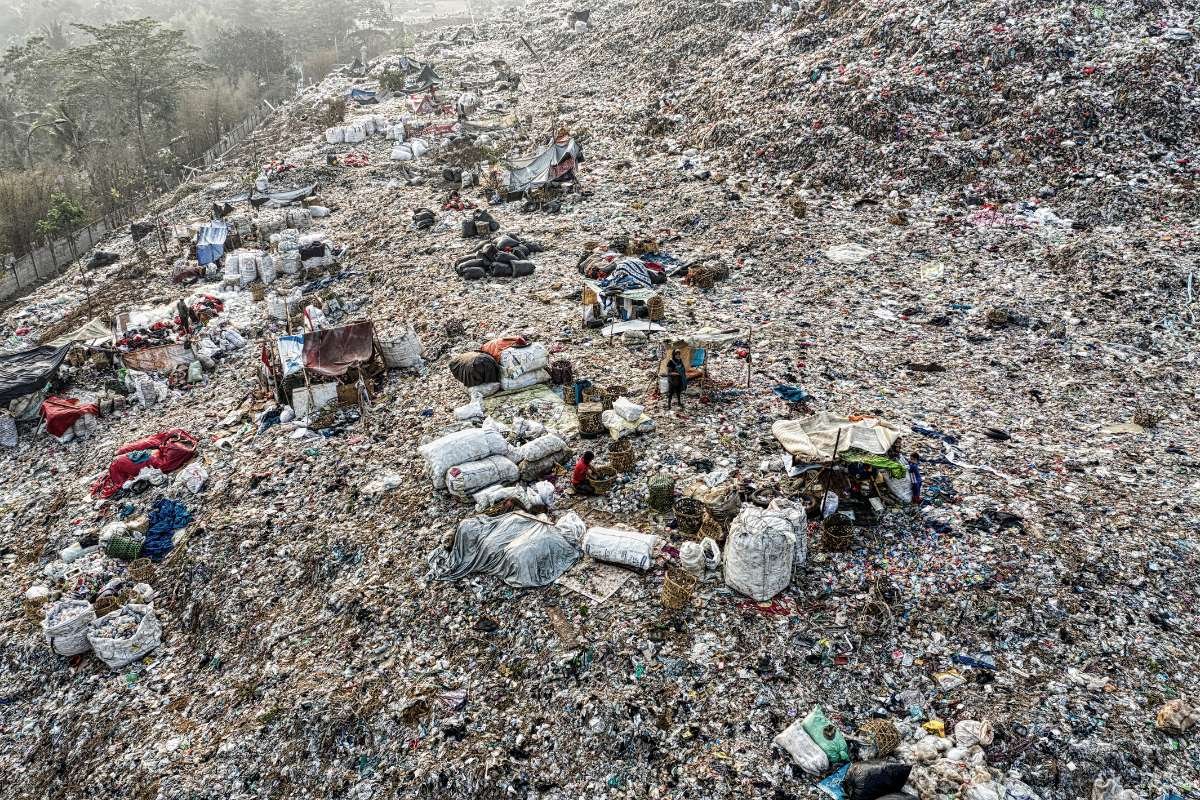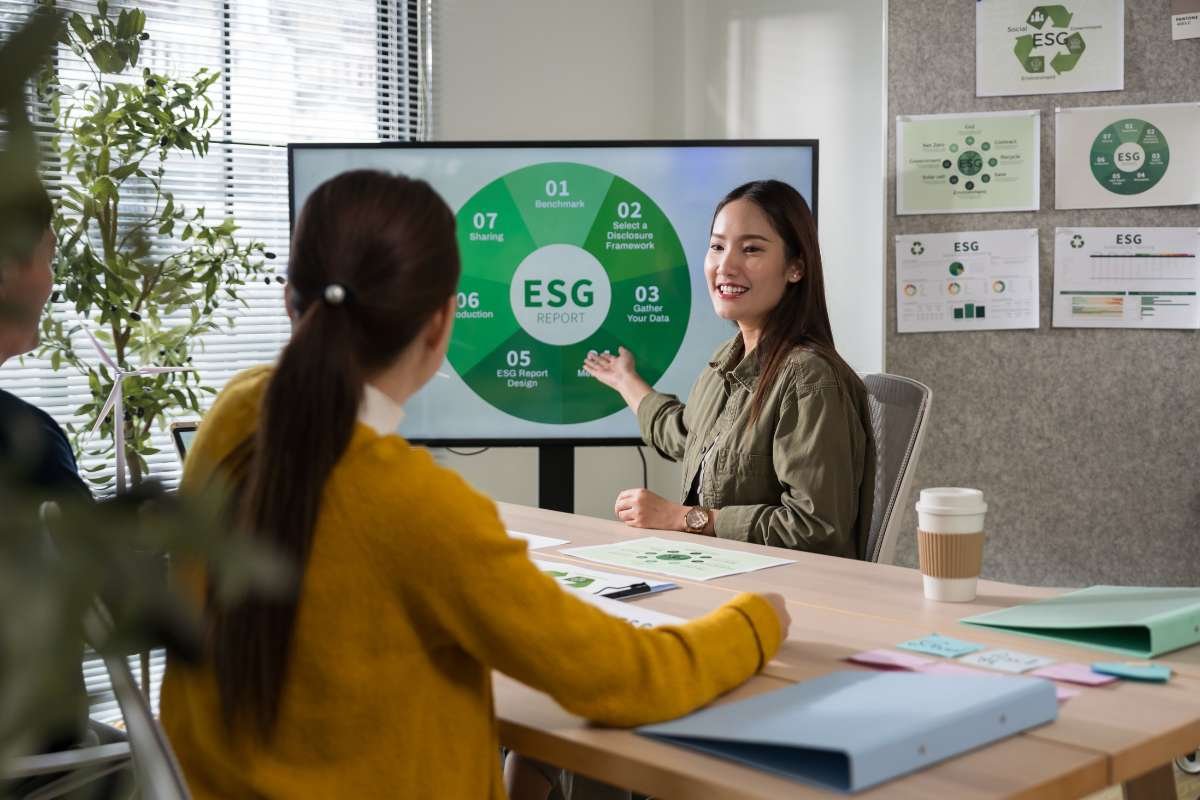Concerns about environmental sustainability are continuing to grow, which means the food industry is facing increasing pressure to adopt eco-friendly practices, including sustainable packaging solutions. Traditional food packaging often contributes to plastic pollution and waste, posing significant environmental challenges.
However, Innovations in food packaging are revolutionizing the industry, offering eco-friendly innovations in food packaging that minimize environmental impact while preserving food safety and freshness. In this article, we’ll explore some of the most exciting eco-friendly innovations in food packaging and their potential to create a more sustainable future.
Here are 4 eco-friendly innovations in food packaging:
1. Biodegradable Materials

One of the most promising and noteworthy developments in eco-friendly food packaging is the use of biodegradable materials derived from renewable sources. Bioplastics made from plant-based polymers such as corn, sugarcane, and cellulose offer a sustainable alternative to conventional plastics derived from fossil fuels. These substances naturally break down in the environment, effectively reducing plastic waste in landfills and oceans. Biodegradable packaging options include compostable films, trays, and containers that provide effective protection for food products while minimizing the environmental impact.
2. Edible Packaging
Edible packaging represents a truly innovative approach to eco-friendly food packaging, offering packaging solutions that are not only biodegradable but also edible. Edible packaging materials such as seaweed, algae, and starch-based films are being developed as alternatives to traditional packaging materials.
These edible films can be used to wrap individual food items or serve as coatings for fruit and vegetables, providing a protective barrier while also offering an additional layer of nutrition. Edible packaging eliminates the need for disposal, offering a zero-waste solution that aligns with sustainable consumption practices.
3. Recycled and Recyclable Materials

Recycling plays a critical role in lowering the environmental impact of food packaging, diverting waste from landfills, and conserving valuable resources. Many food packaging manufacturers, such as Woolcool insulated food boxes, are incorporating recycled content into their packaging materials, using post-consumer recycled plastics, paper, and cardboard to create new packaging products.
Additionally, advancements in recycling technologies are enabling the development of packaging materials that are fully recyclable and compatible with existing recycling systems. By prioritizing the use of recycled and recyclable materials, food companies can minimize their carbon footprint and contribute to a circular economy.
4. Minimalist and Functional Designs
In addition to using eco-friendly materials, food packaging designers are embracing minimalist and functional designs that prioritize efficiency, usability, and sustainability. Minimalist packaging designs reduce material usage and waste, opting for simple and streamlined packaging solutions that meet the basic requirements for product protection and preservation.
Functional packaging features such as resealable closures, portion-controlled packaging, and easy-to-open designs enhance convenience and usability for consumers while minimizing food waste. By focusing on simplicity, functionality, and sustainability, food companies can create packaging solutions that resonate with environmentally conscious consumers.
Eco-friendly innovations in food packaging are reshaping the way we think about packaging materials and design, offering sustainable alternatives that minimize the environmental impact while maintaining food safety and freshness. From biodegradable materials and edible packaging to recycled content and intelligent packaging technologies, the future of food packaging is bright with possibilities.
By embracing eco-friendly packaging solutions, food companies demonstrate their commitment to sustainability, reduce their carbon footprint, and contribute to a happier and healthier planet for future generations.


















